I have been putting off writing about our experience of food here just because there’s so much to write about! In fact, this is going to have to be split into several posts, and I'll write about various aspects of eating and drinking out (which is the Spanish National Pastime) in the next posts.
The Basque Country is of course famous for its gastronomy and passion for food It has an extraordinary number of very acclaimed restaurants that do posh food at very high standards, quite a lot of it awarded Michelin stars. Those in the know about these things say that the Basque Country is where it's all happening in terms of cutting edge gastronomy - and indeed it do all look very interesting. That’s all well and good, but we’re not really into (and in any case can't afford) the expensive haute cuisine thing. So this is mostly about the wonderful food that we find in the everyday shops and cafes and ‘tabernas’ and ‘restaurantes’ around the Casco Viejo and in other parts of Bilbao and the Basque country. The passion for food here is NOT just about eating at expensive restaurants: it's virtually impossible to find anywhere, including the very cheapest places, that doesn't serve wonderful, lovingly prepared food, even if it's dead simple. And the shops are full of great local produce, usually much cheaper than the UK, to eat at home.
The first thing to say is that shopping for food is a huge pleasure here. Within three minutes’ walk of our front door are half a dozen greengrocers ('fruterias'), half a dozen grocers and delis ('ultramarinos'), half a dozen bakers ('panaderias') and cake shops (‘pastelerias’), 3 or 4 butchers ('carnicerias' and 'charcuterias') and a fishmonger ('pescaderia'), and the largest indoor food market in Europe, as well as various other specialist food shops. Living in the Casco Viejo, we are a little spoilt for choice, and it’s all rather quainter than in many suburbs – but nevertheless the presence of small traditional food shops selling a lot of local produce is absolutely typical of the food economy here, and it’s pleasurable in all the ways that food shopping back home in Tesco-land is not. Of course many people shop in smaller supermarkets here, too, and big supermarkets are becoming more popular in the suburbs - but it’s much more of a mixed economy, and the little food shops here are full of local residents. People also come to the Casco Viejo from all over Bilbao to shop in the market and at the shops in the old streets.
· sacks of ‘alubias’ (dried beans) and lentils of various kinds – mostly grown locally – from which you help yourself with a little shovel, filling a little foil-strengthened paper bag with as much as you want
· 'vin blanco': the local young fruity white wine, ‘Txakoli’, the standard drink here
· 'vin tinto': various red wines from nearby Rioja
· 'sidra' ('sagardo' in Basque): bottles of local cider – massively popular in the north of Spain, apples apparently grown mainly around San Sebastian and Santander rather than Bilbao
· the Basque ‘digestif’ spirit from Navarra, ‘Patxaran’ – similar to sloe gin but made with anisette instead of gin
· ‘mosto’: bottled grape juice, a popular non-alcoholic alternative to wine
· most greengrocers have boxes of fresh ‘nueces’ (walnuts), ‘avellanos’ (hazelnuts) and ‘almendras’ (almonds), (and now ‘castanos’ – Chestnuts – too) which you shovel into bags along with fruit and vegetables
I leave you with a picture of the Christmas window of our local specialist croquette shop:
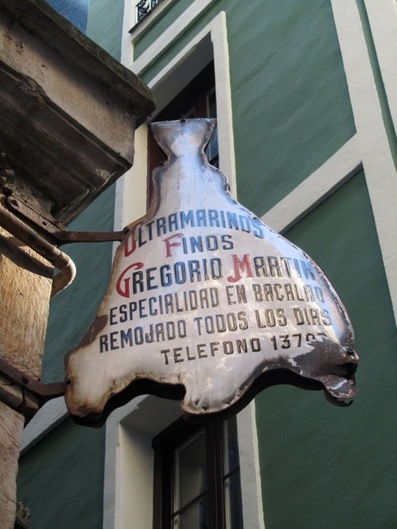
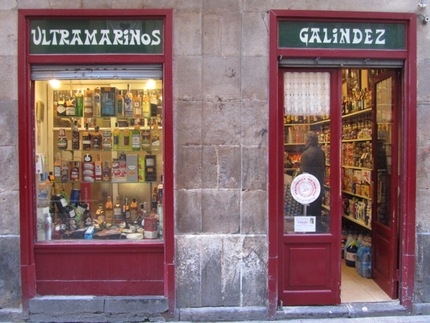
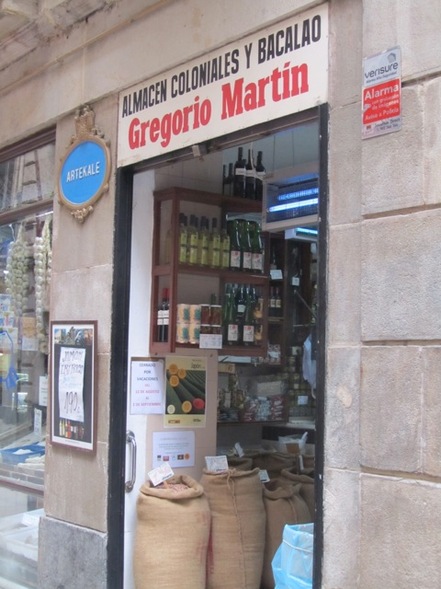
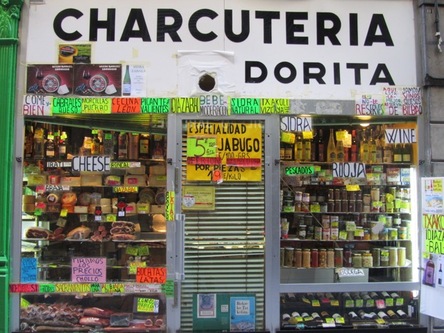
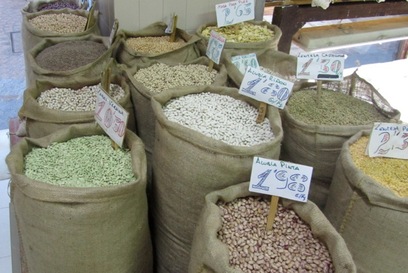
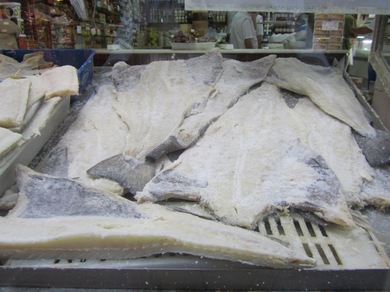
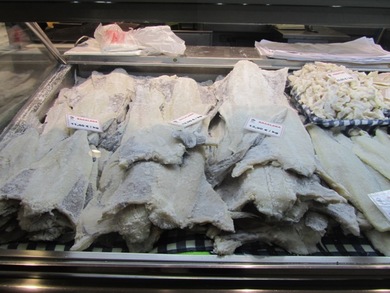
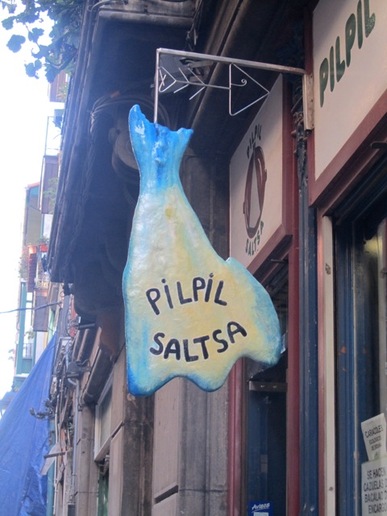
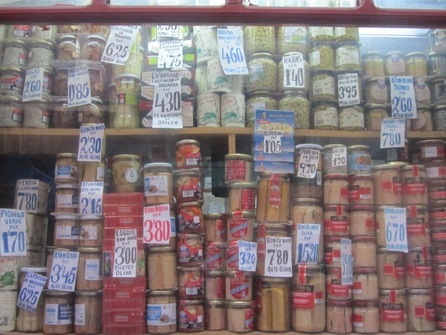

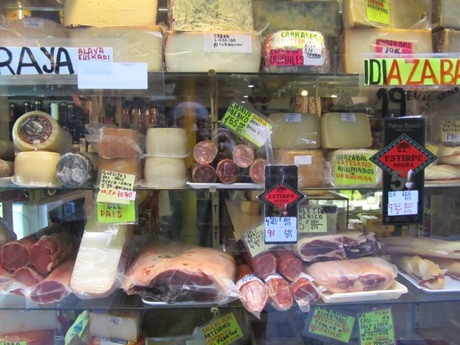
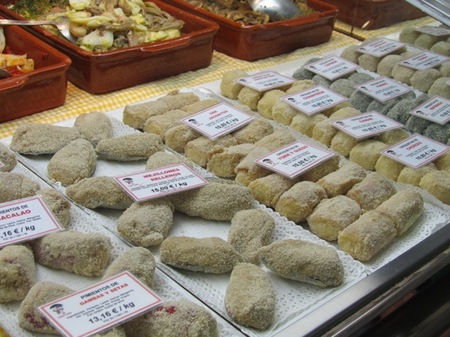
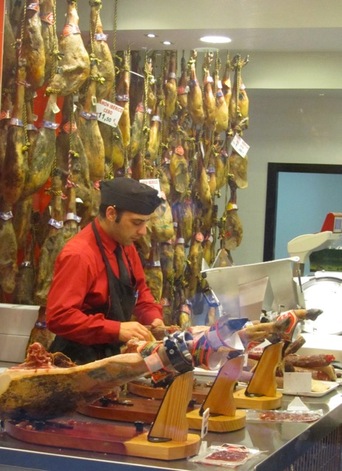
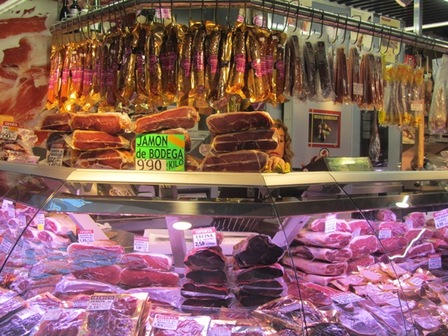
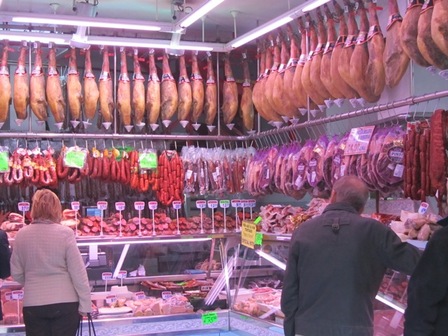
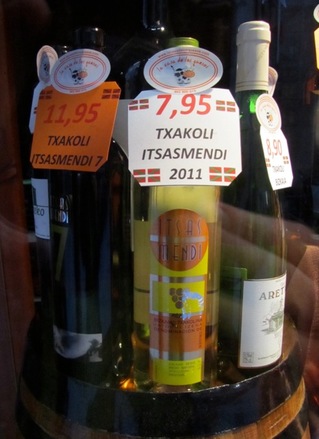
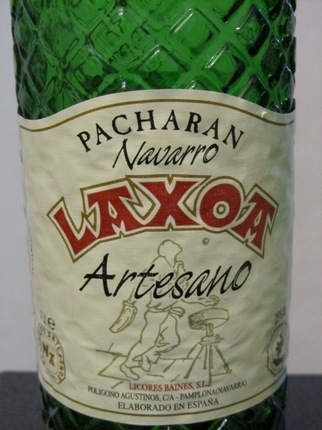
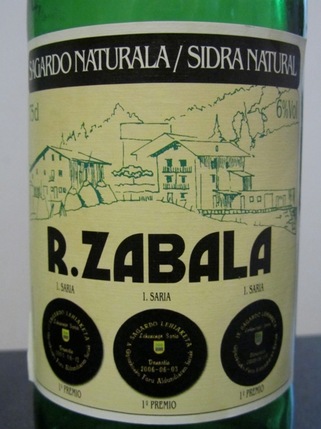
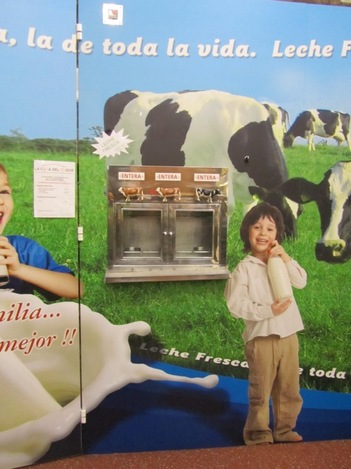
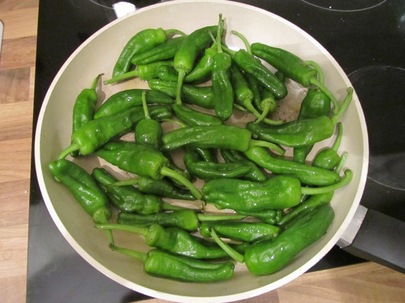
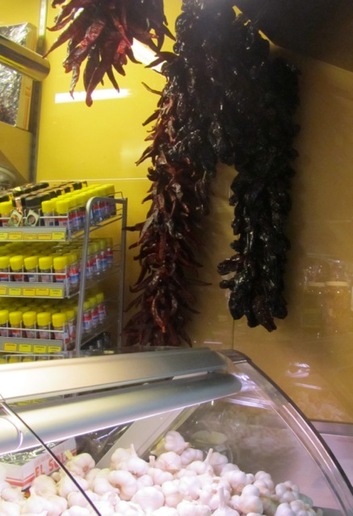
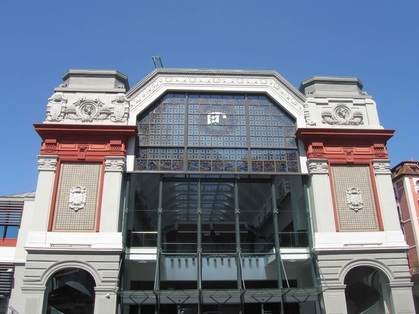
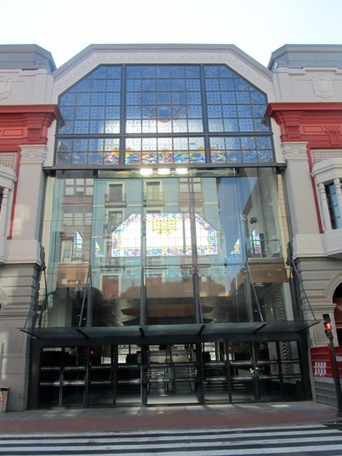
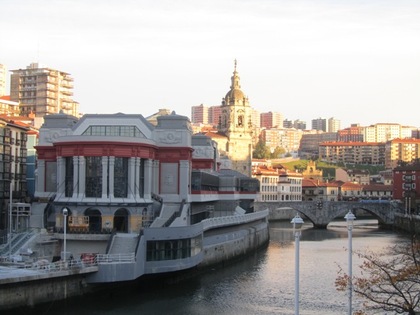
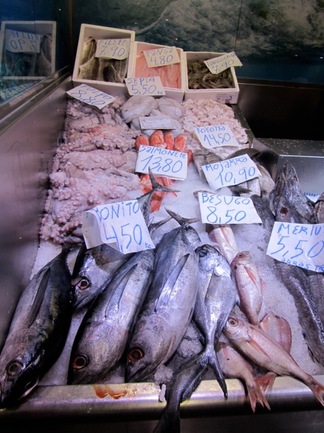
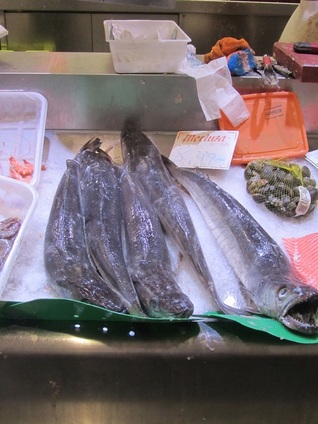
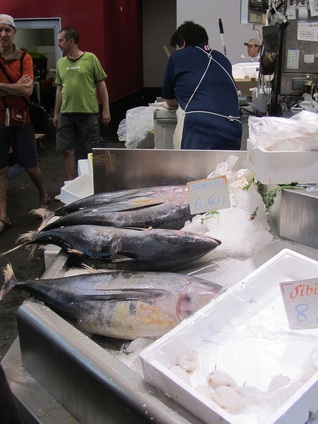
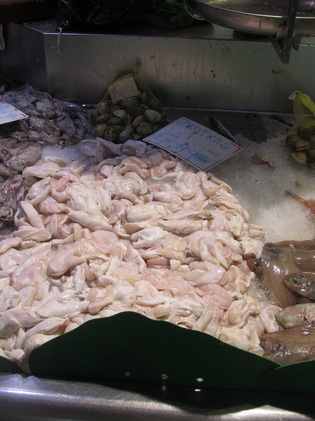
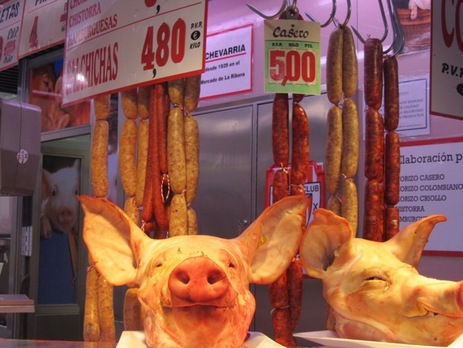

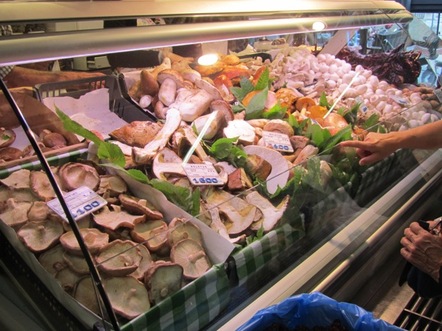
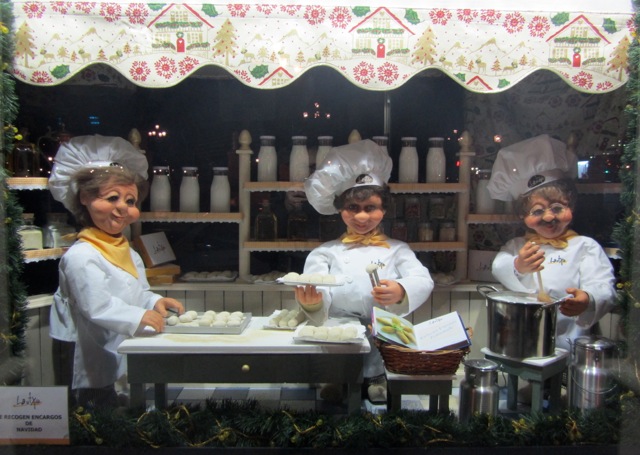
 RSS Feed
RSS Feed